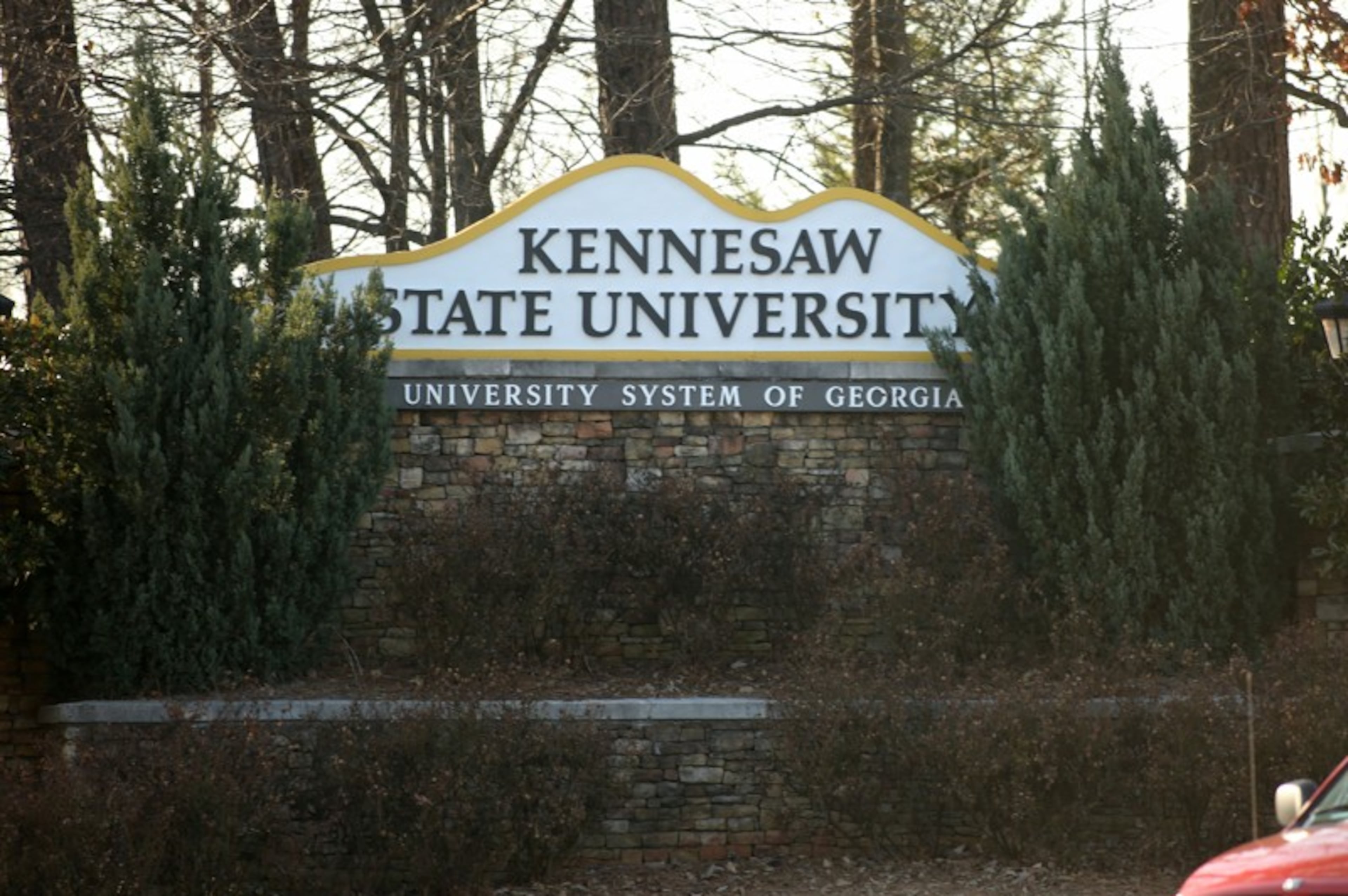AI is changing education. How a Georgia school built for it is keeping up.
As the 8 a.m. bell buzzed on the second day of the school year, students poured out of their first-period classes into the pristine gray and white hallways of Seckinger High School in Gwinnett County.
Seckinger, which opened three years ago, touts itself as the nation’s first AI-themed high school. As artificial intelligence advances at a dizzying pace, schools like Seckinger are continuing to work to stay ahead.
“You can never be satisfied with what you did last year,” Principal Jimmy Fisher, a 1997 alum of Gwinnett’s Dacula High, told The Atlanta Journal-Constitution at the end of a tour of the building.
Here, every teacher must weave programming, data science, mathematical reasoning, creative problem solving, ethics and applied experiences into the curriculum.
Schools in other parts of the state are also racing to keep up. Educators in metro Atlanta communities like DeKalb and Fulton are integrating AI to aid learning in subjects like math and English.
In other parts of Georgia, companies like Amazon AWS are working with Georgia school districts to bring AI technology to support teachers and students. In the past year, Amazon AWS told the AJC nearly 5,000 Georgia students have explored AI content on Code.org, with 65% coming from schools serving historically underserved and underrepresented student populations.
“Most of Georgia’s K-12 schools are just at the beginning of their AI journey, and most are looking to build the framework and their guardrails,” Kim Majerus, the company’s vice president for global education, said when asked how Amazon AWS is involved with K-12 schools. “It’s so important to understand the importance of academic integrity and the power technology can bring into the classroom, ensuring that they’re using it in a consistent fashion.”
At Seckinger, the AI theme applies to every class. Even in physical education classes, there are iPads by the weight machines, which students can use to “talk” to generative AI chatbots about effective exercises.
Other classrooms, like one for a Mechatronics course, have labs with tools attached for hands-on learning. In the computer lab, Fisher held up signs with letters engraved by machines that had been programmed by students.
Teachers are challenged to incorporate technology into their lesson plans, Fisher said. Scott Gaffney, the social studies department chair, said it’s part of the reason he wanted to be at the school. He instructed students to pull up a dataset on their laptops to use in a map-filling exercise as second period began.
“I intentionally wanted to be here, to teach at a school that embraced a forward-thinking, AI-ready student,” said Gaffney, who has taught for more than 20 years.
On another floor, teachers Holly Hall and Samantha Bart-Addison planned out the upcoming semester for the first course in a three-class AI fundamentals pathway. It’s a Career, Technical & Agricultural Education class Fisher hopes eventually might be taken by every student at SHS, even though it’s not currently mandatory.
“We are constantly having to build on what we are receiving,” Bart-Addison said, noting that students at Seckinger are the culmination of K-8 students in the cluster of elementary schools and the middle school that feed into the high school. Those younger students have had AI conceptual integration since they started in the school system. “We have to keep up with not just the technology but the students as well.”
Seckinger is one of three Gwinnett high schools with a three-course career pathway for students to explore AI in depth. The first class in the AI pathway focuses on ethical use, the history of AI and some programming, Hall said.
When Seckinger was first conceptualized, “there were definitely some folks who at that time weren’t really sure why we were talking about AI and K-12,” said Sallie Holloway, Gwinnett’s director of artificial intelligence and computer science.
Then came the launch of ChatGPT, reinforcing the reality that AI would become a critical skill in the future labor market.
You don’t truly understand until you see it happening, Fisher said.
“These kids now that are using these concepts early on, just knowing how advanced they’re going to be in a few short years,” he said.



